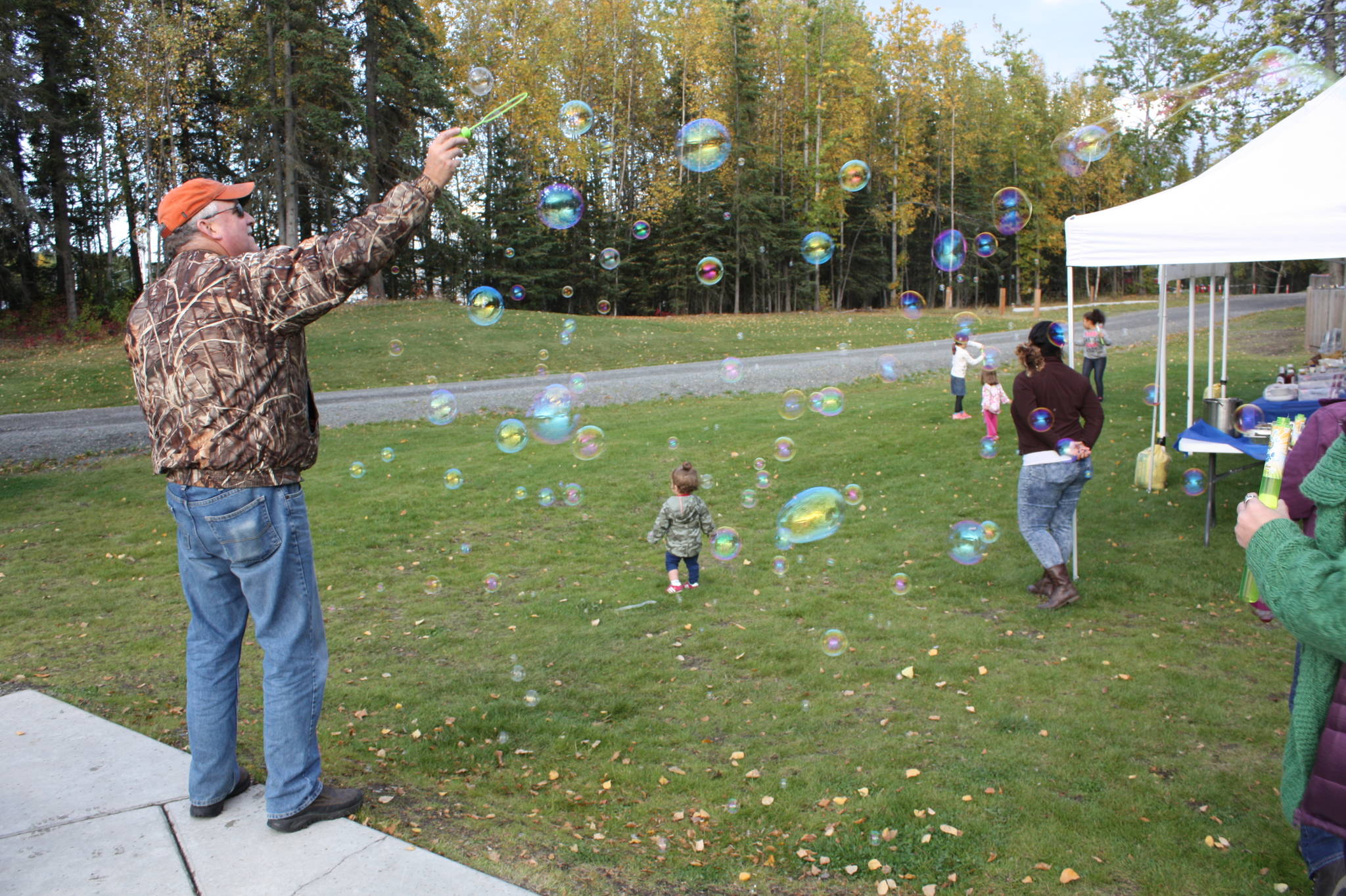The Kenai National Wildlife Refuge’s manager has been selected as the best refuge manager in the country for 2018.
The National Wildlife Refuge Association named Andy Loranger its Refuge Manager of the Year on March 21. The award recognizes his leadership on the Kenai National Wildlife Refuge as well as his 30 years in the U.S. Fish and Wildlife Service in a variety of roles, from leading projects at the Texas Chenier Plains Refuge Complex to serving as Division Chief for Natural Resources in Washington, D.C.
One of the main reasons for the award was Loranger’s calm leadership and ability to hear everyone’s concerns, said Desiree Sorensen-Groves, the Vice President of Government Affairs with the National Wildlife Refuge Association.
“(During) Andy’s leadership, there have been controversial issues for sure, but to me, he’s always managed those in a very fair, measured, thoughtful way, and he also has a mission he adheres to, and laws,” she said. “He tries to make sure people understand where he’s coming from in the decisions that were made.”
The Kenai National Wildlife Refuge covers a broad swath of the central Kenai Peninsula, stretching from Boulder Point on the shore of Cook Inlet southward across the Kenai Mountains and Skilak and Tustumena lakes and into the highlands east of Fox River near the head of Kachemak Bay. The refuge hosts hundreds of thousands of visitors, wildlife viewers, hunters, fishermen, hikers, boaters, skiers, and snowmachiners every year, among other activities. The sole highway to and from the Kenai Peninsula crosses it, and the central peninsula communities of Soldotna, Sterling, Kasilof and Nikiski directly abut its border.
Loranger has managed a variety of projects on the refuge, from invasive species program management to helping coordinate two major Sterling Highway projects and participating in the “All Lands, All Hands” wildfire control group including stakeholders from across the Kenai Peninsula.
There are moments of conflict, too. People in both the public and government have butted heads over rules implemented by the Kenai National Wildlife Refuge to limit some hunting practices in some areas of the refuge, rules the refuge is now having to revisit after Congress used the Congressional Review Act to overturn them. And then there’s everyday conflict, such as which activities are and are not allowed on the refuge.
Loranger said he tries to approach management as a balance, taking into consideration everyone’s opinions but putting wildlife conservation first while managing visitor opportunities.
“One of the things I’ve found throughout the course of my career is that when you really pull back the curtain and start working on some of these issues, there’s just much more than people’s objectives and user groups’ objectives and mandates — there’s a lot more than we can agree on than folks who have differing opinions,” he said. “…there’s a lot of common objectives and common goals. Because healthy wildlife, healthy habitats, clean water, all those things are what support the variety of recreational opportunities and activities. We can’t have one without the other.”
He credited the staff at the wildlife refuge and community for their support.
“It’s a big honor and we’re very appreciative of it, but it’s really reflective of the wonderful people and the community,” he said.
Geoffrey Haskett, the president of the National Wildlife Refuge Association, praised Loranger’s career in the Fish and Wildlife Service in a March 21 press release.
“His passion, dedication, and innovative approaches to getting work done against
improbable odds makes him an ideal recipient of this year’s Refuge Manager of the Year Award,” he said.
Sorensen-Groves said the National Wildlife Refuge Association was founded in 1975 by former Fish and Wildlife Service workers who wanted to support the continuing operations of the national wildlife refuge system. The award, launched in 1994, is named after Paul Krogel, the nation’s first wildlife refuge manager, and will presented to Loranger in Washington, D.C. on May 24, she said.
While the national wildlife refuge system is omnipresent for Kenai Peninsula residents, nationally, there isn’t as much awareness of the refuges. That’s something the Fish and Wildlife Service and the National Wildlife Refuge Association have been working on, Sorensen-Groves said.
“(The managers) are kind of like the unsung heroes and people a lot of times don’t know about the refuge system, period,” she said. “…A lot of times, they’re known by a few targeted constituencies. In another place, like Portland, you may know (the refuge) because that’s where you walk your dog or your child has an environmental education class there once a week. That’s something the wildlife refuge system is trying to do, to become more relevant.”
Loranger said he thought Kenai Peninsula residents are very aware of public lands and parks, though nationally, the wildlife refuges may be a better-kept secret than national parks. Overall, he said he is grateful for the opportunity to manage the Kenai’s refuge.
“That’s how I feel about this — that we’re lucky to live where we do,” he said.
Reach Elizabeth Earl at eearl@peninsulaclarion.com.

